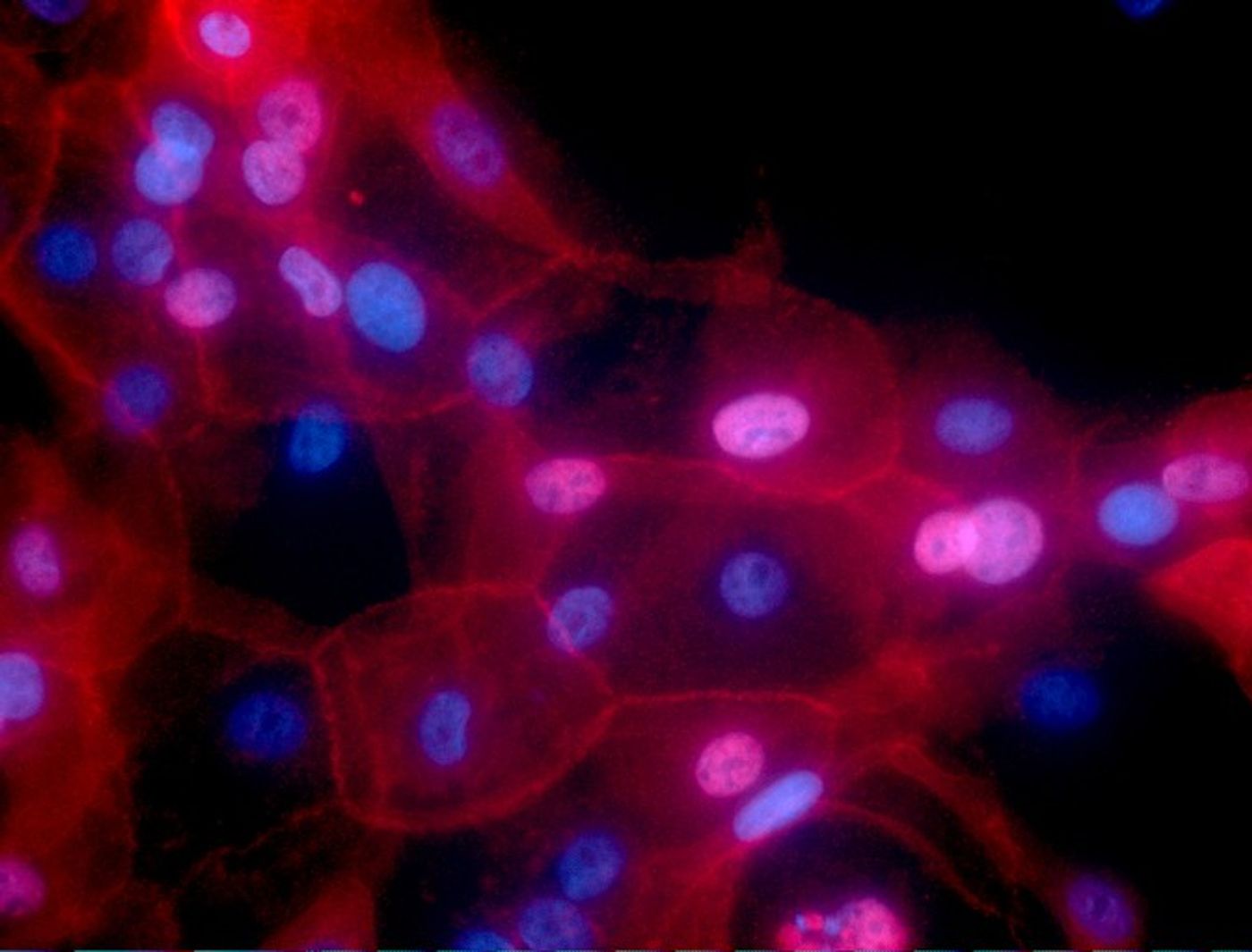Cancer Growth Halted by Cutting Off Nutrient Supply
Researchers are investigating how cancer cell growth can be curbed by disrupting their access to certain nutrients. Because our normal, healthy cells rely on the 24-hour cycle of our body to regulate the production of nutrients, the scientists were able to exploit that system and use it against glioblastoma tumors in a mouse model The work has been published in Nature.
“When we block access to these resources, cancer cells starve to death, but normal cells are already used to this constraint so they’re not affected,” explained lead author Satchidananda Panda, a professor in the Salk Institute’s Regulatory Biology Laboratory.
Our bodies follow the cycle of the day in what's called the circadian rhythm. It exerts a powerful influence on many physiological functions. It has been known that proteins, called REV-ERBα and REV-ERBβ, act to control the ability of cells to generate fats and recycle parts in a process referred to as autophagy. Normally, fat synthesis and autophagy go on for around twelve hours a day when REV-ERB levels are low. When those levels are high, the process is blocked, halting fat synthesis and keeping nutrients down. Drugs that stimulate REV-ERB have already been created in an attempt to stop fat synthesis in metabolic disease.
For this work, the investigators wanted to know whether REV-ERB activation could slow the growth of cancer. It is also known that cancer cells rely heavily on both autophagy and fat synthesis.
“While current cancer research was investigating established cancer hallmarks/characteristics we decided to explore something completely new,” noted first author Gabriele Sulli. “Given the importance of the circadian clock in the regulation of many cellular and physiological processes we hypothesize that targeting the circadian clock with drugs may open the way to novel anticancer strategies. This study is very exciting because it sheds light on a new uncharacterized way to treat cancer with very limited toxicity.”
“We’ve always thought about ways to stop cancer cells from dividing. But once they divide, they also have to grow before they can divide again, and to grow they need all these raw materials that are normally in short supply. So cancer cells devise strategies to escape the daily constraints of the circadian clock,” Panda continued.
Cancer cells contain REV-ERB proteins, but they stay inactive in that environment. Two different REV-ERB activators were tested by the researchers on many different cancer cell types including melanoma, breast cancer, colorectal cancer, T cell leukemia, and glioblastoma. Amazingly, the drugs activating REV-ERB killed the cancer cells in every instance, while leaving healthy cells unaffected.
“Activating REV-ERBs seemed to work in all the types of cancer we tried,” noted Panda. “That makes sense because irrespective of where or how a cancer started, all cancer cells need more nutrients and more recycled materials to build new cells.”
They wanted to see the results in a live model and used a mouse recently created by Inner Verma, a professor in the Salk Institute’s Laboratory of Genetics. The cancer cells were killed in this model, and again, the drug did not affect healthy ones. The researchers believe this highlighted the links between cancer, metabolism, and the circadian rhythm.
“These are all fundamental elements required by all living cells,” said Verma. “By affecting REV-ERBs, you get to the heart of how cells grow and proliferate, but there are lots of other ways to get at this as well.”
Follow up studies are already planned; the scientists want to know more about the mechanisms underlying the influence of REV-ERB on metabolism. They also want to see how gut bacteria are affected by REV-ERB.
Sources: Salk Institute, Nature









